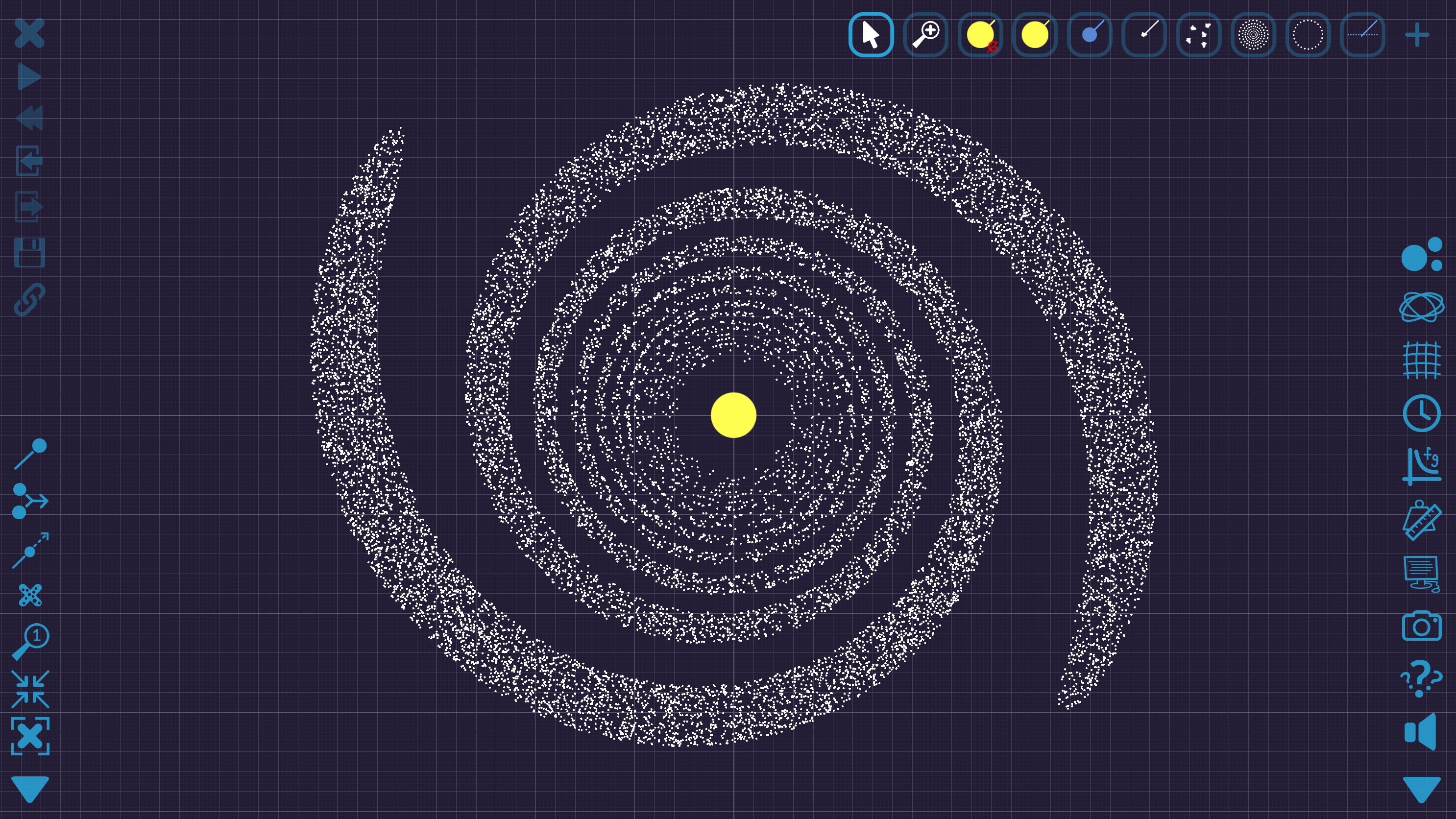You'll have to come up with a touch more precision before you can get a bit more precise answers.

For example what is the plane of the dual planet system relative to the ecliptic plane (i.e the plane of 'main' planet around the star)? I think you are assuming that the dual planet plane is the same as the ecliptic - there may be real physical reasons for the star's tidal forces squeezing the system into the ecliptic - but as you say this is fantasy. You could have a 'wobbling barbell' system so that neither planet causes eclipses on each other (or only very rarely as everything lines up 'once in a blue moon').
As JunkMonkey points out - how long is the period of 'day'?....
This will have a knock-on effect on the distance between both bodies. The closer they are to each other, the faster the day cycle will be. But then the closer they are the bigger the effect on the day/night cycle each will have.
I did a very dirty back of the envelope calculation and for your system - say two Earths - to have a 24 hour day then the planets need to be ~53,000 km apart. (The Moon is currently about 384,000km apart.) So, a little trig shows that standing on one planet would see something with an angular diameter of about 12 degrees (Moon is ~0.5 degrees). That's about 6.6% of the entire sky.
(I also calculated the Roche limit of such a system, and 53,000km is well above the limit, so said system should be possible and they shouldn't pull themselves apart.)
Anyway, that angular diameter is BIG.
And that will have an large effect on nights. So, for example - taking the above - if we assume that the tidally locked plane of the planets is not on the ecliptic, it means that generally speaking, when it is night on the tidally locked part of Earth 1, then the sky will be lit up by sunlight bouncing off Earth 2 - at a maximum when the star is directly 'behind' you on Earth 1, but even crescents should shine sufficient light to disrupt nocturnal life. So some parts of the planet will have 'true' night, whereas the other side could exist in a quite bright 'reflected twilight'. (I am also assuming that the Earth 2 ain't a completely black ball that absorbs all light as well!)
This then gets complicated if you want the planets orbit to just be the same as the ecliptic as you will then have to figure out how the day cycle then interacts with the year period of the orbit of the dual system around the star to see how they would block each others view of the star.
I wonder also what effect such as system might have on geology, geography, oceans etc...A very slow spin of the system could give the Earths a "central mountain ridge" along the plane of the 'spin', as water would tend to collect at the poles, and perhaps the tidally locked world might bulge out at each other, so that additional highlands are forced up facing each other? So perhaps mountains on one side, oceans on the poles and on the opposite sides? (I'm guessing a bit here, I may be wrong

)


